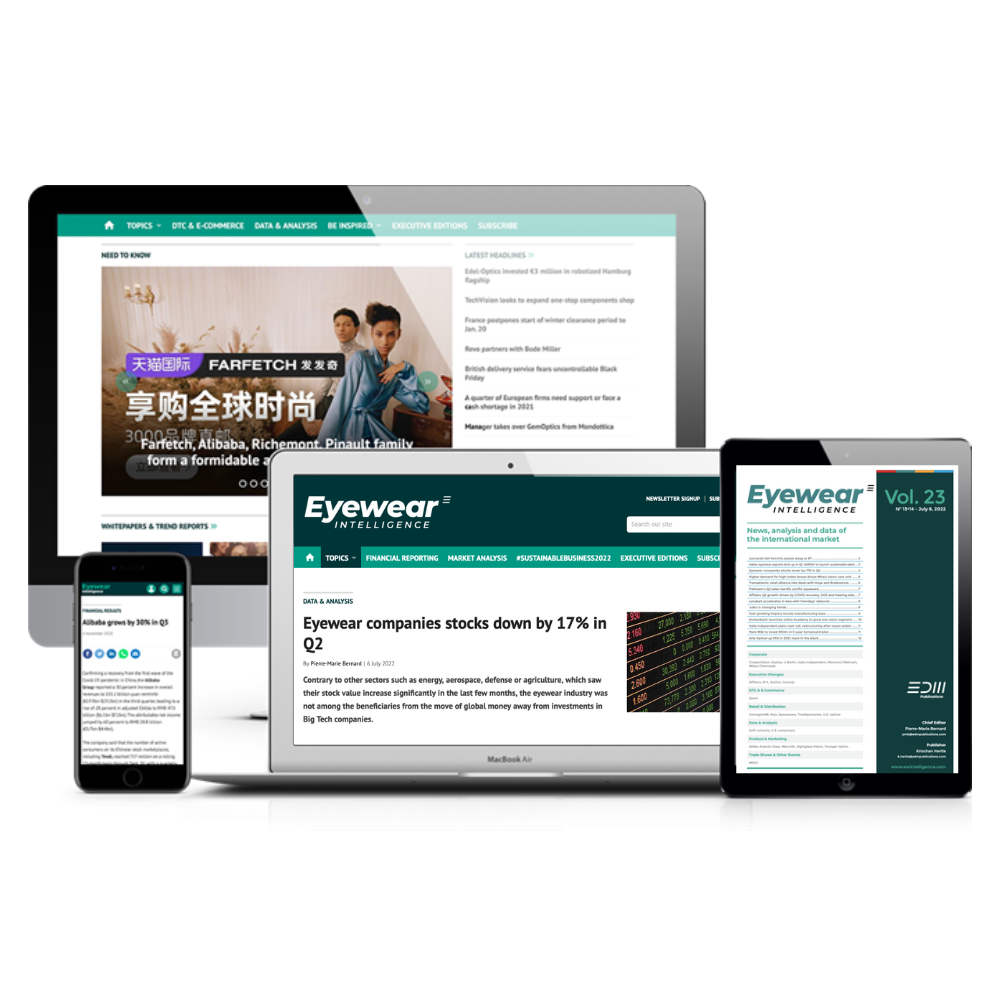Specsavers FY2024-25 growth largely driven by the UK as most other markets stagnate

Specsavers consolidated its position as the second largest eyewear group globally in fiscal 2024-25 (ended Feb. 28) as its annual revenue increased by 4.3 percent year on year to £4.18 billion (€4.90 bn). Total sales at constant exchange rates were up 7.5 percent, according to the group’s annual review, slowing ...
Already an Eyewear Intelligence subscriber? Sign in here.

Subscribe today
Buying a membership today will give you:
- Unlimited access to ewintelligence.com - all insight and analysis available online
- Our executive edition of Eyewear Intelligence (Digital Edition) - the must-read for all decision-makers in the industry
- Weekly E-mail Briefing from the Chief Editor with the lastest analysis and most important industry developments
- Case studies and best practices on business challenges
- Guest chronicles, interviews, insights from industry experts and leaders that are shaping the future of the industry
- Access to over 11,500 articles and analyses in the archive
- Personal library to save articles and track your key content
- Powerful search and intuitive navigation
- Organisation-wide access across offices, people and devices
To continue reading this article register now.

